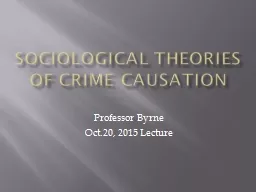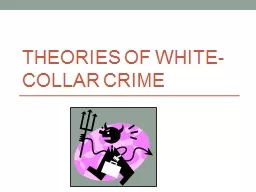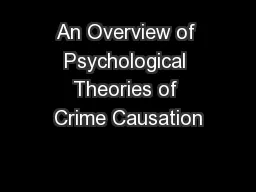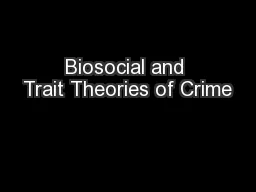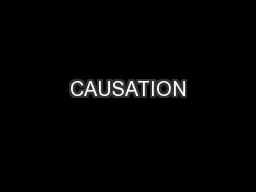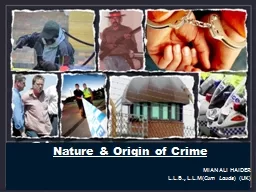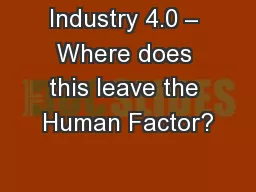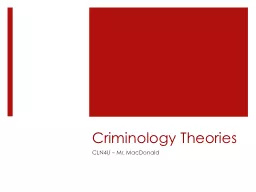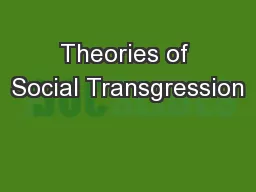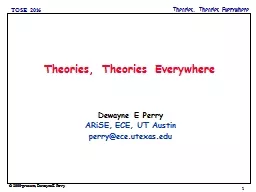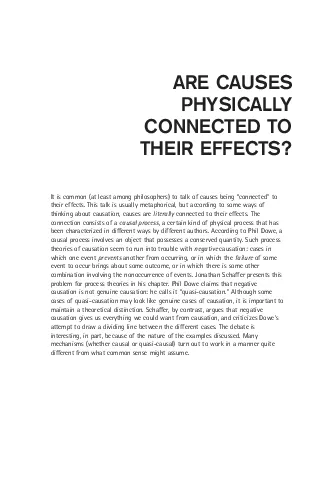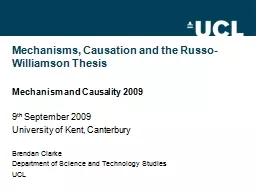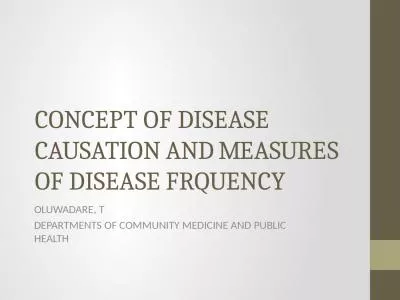PPT-Sociological Theories of Crime Causation
Author : calandra-battersby | Published Date : 2016-11-03
Professor Byrne Oct20 2015 Lecture Major Sociological Theories Strain Theories Cohen Cloward and Ohlin Merton Subcultural Theories Wolfgang and Ferracutti Miller
Presentation Embed Code
Download Presentation
Download Presentation The PPT/PDF document "Sociological Theories of Crime Causation" is the property of its rightful owner. Permission is granted to download and print the materials on this website for personal, non-commercial use only, and to display it on your personal computer provided you do not modify the materials and that you retain all copyright notices contained in the materials. By downloading content from our website, you accept the terms of this agreement.
Sociological Theories of Crime Causation: Transcript
Download Rules Of Document
"Sociological Theories of Crime Causation"The content belongs to its owner. You may download and print it for personal use, without modification, and keep all copyright notices. By downloading, you agree to these terms.
Related Documents

